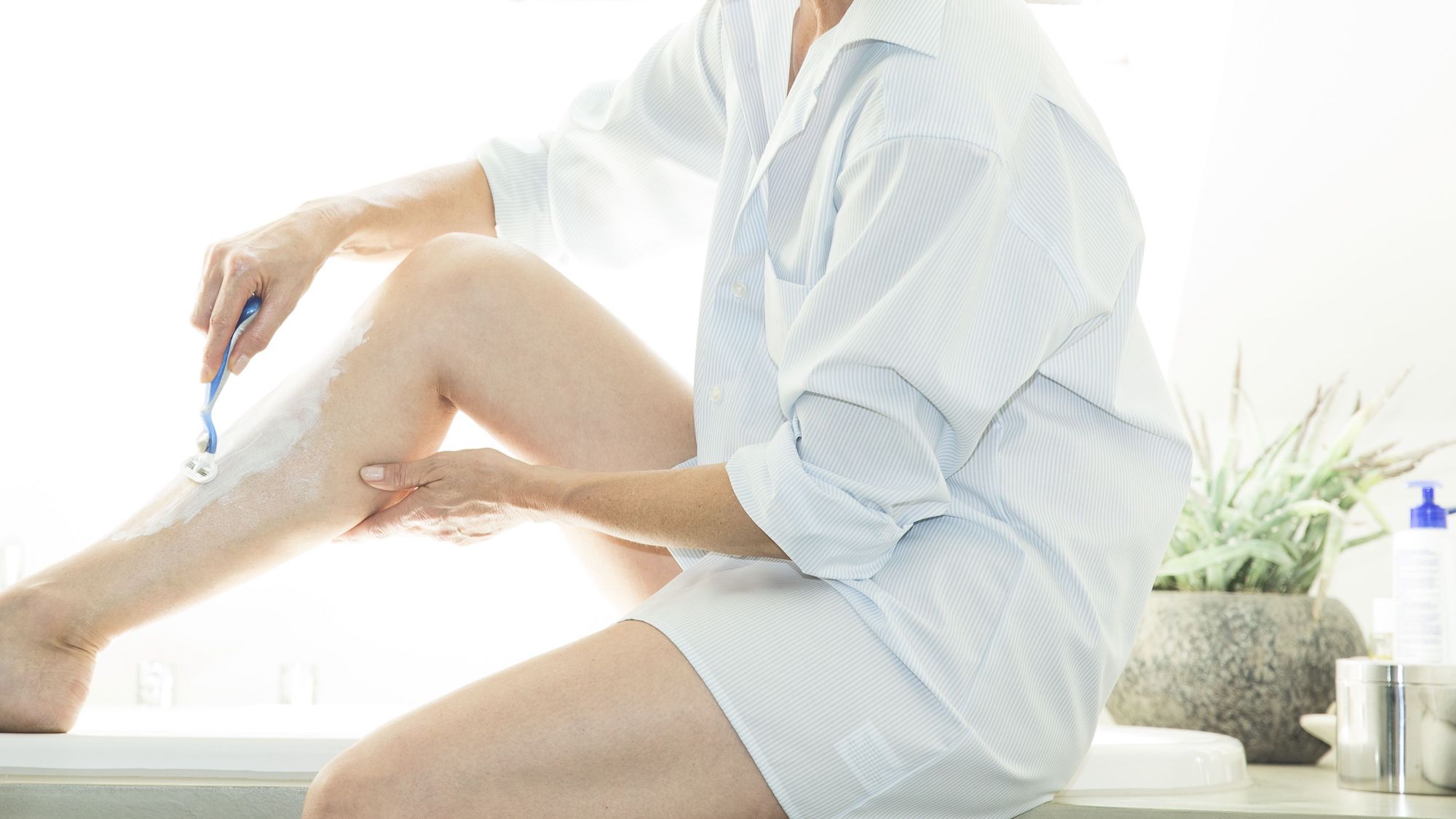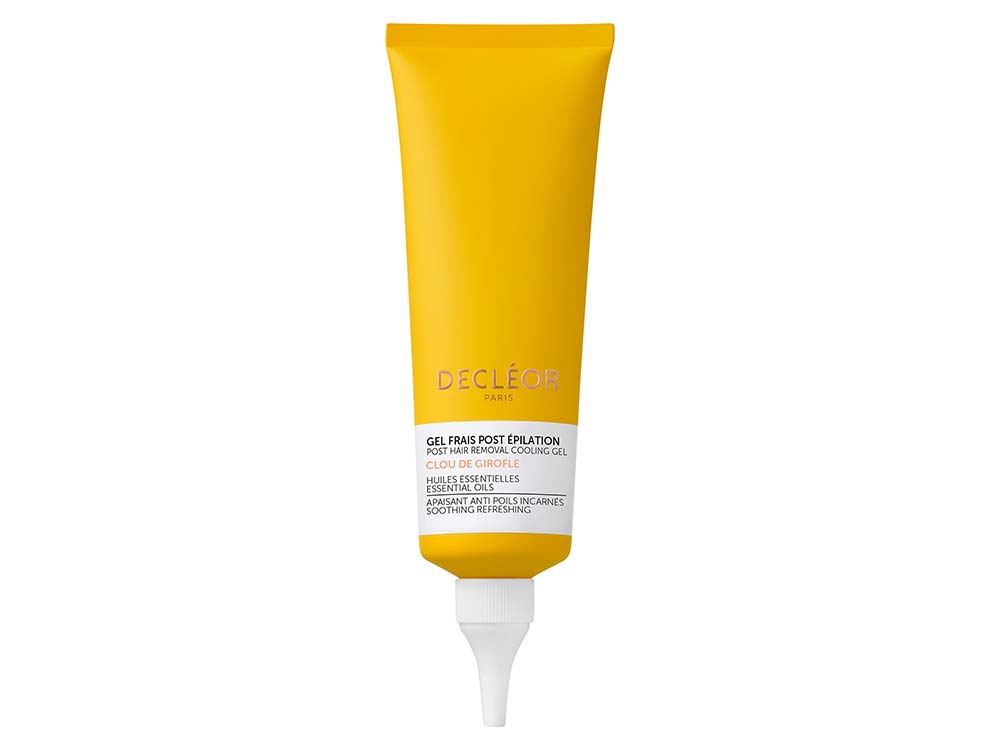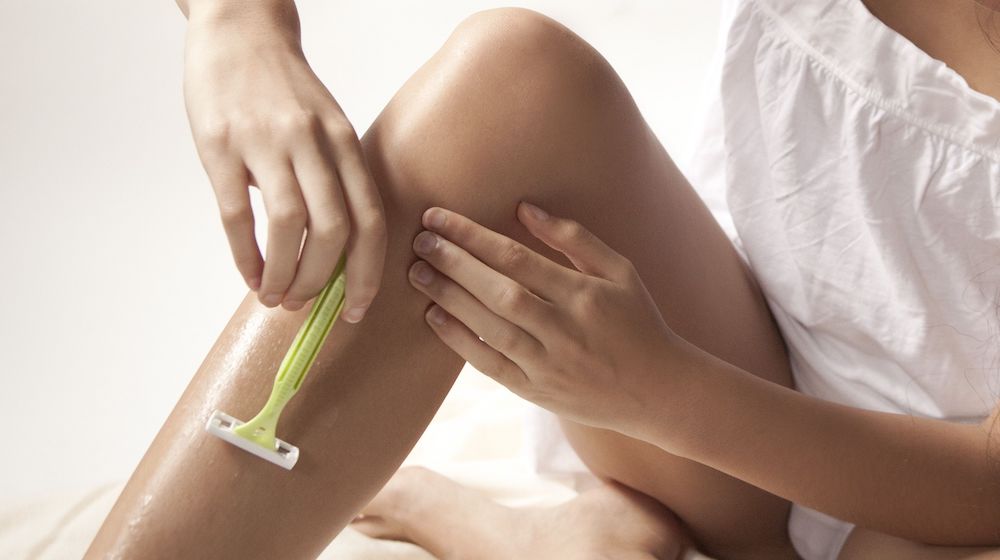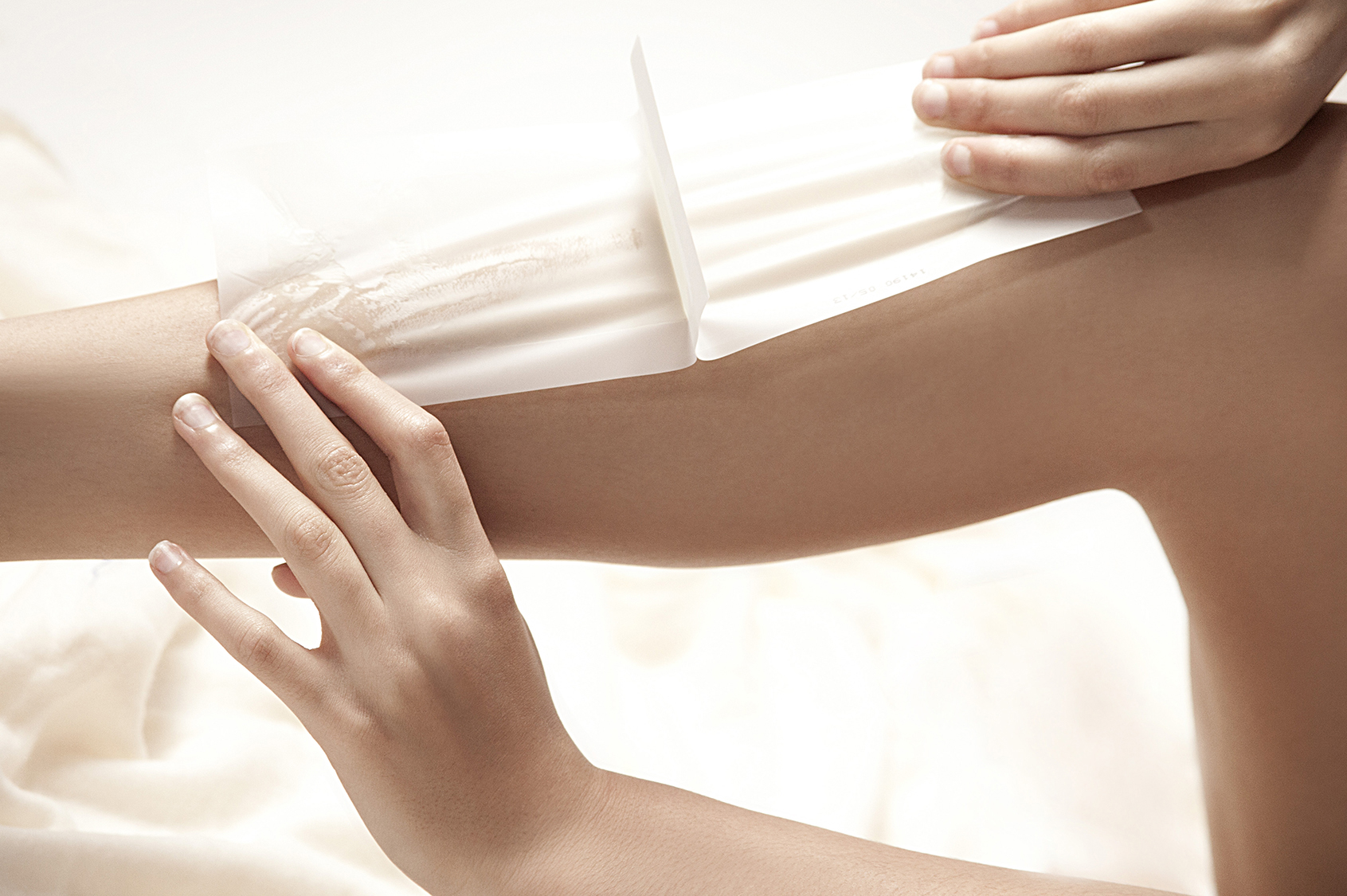Hair removal tips to ensure a pain-free session every time
From how to epilate properly to getting rid of shaving rash, we grilled an expert to ensure you get it right


From how to epilate properly to getting rid of shaving rash, we grilled an expert to ensure you get it right
Body hair is totally normal, but that doesn't stop a lot of us from going to great lengths to get rid of it.
The reality is that the majority of us like to have smoother-as-silk legs and bikini line when we're sunning it on holiday or enjoying the shorts weather.
But aside from knowing how to run a razor along your shins, you might not be so clued up on how to avoid that rash, or the other possible methods of hair removal out there.
However you choose to remove your hair, applying Decléor's Post Hair Removal Cooling Gel straight afterwards does wonders at calming irritated skin and prevents ingrown hairs.
Decléor's Post Hair Removal Cooling Gel, £18.20 Look Fantastic

Buy Now
Below Dr Anita Sturnham, skin expert and Venus ambassador, shares her tips and tricks for ensuring a smooth and (almost) pain free hair removal session, whether you're armed with hot wax or a razor.
Shaving
The key to a good shave is all in the planning. 'Don’t skimp on shave prep; soaking the skin for a couple of minutes hydrates the hair and makes it around 60% easier to cut. Two to three minutes is optimum soaking time,' explains Dr Sturnham. 'After soaking always use a shave prep, like Gillette Satin Care (£3.55, Boots).
Marie Claire Newsletter
Celebrity news, beauty, fashion advice, and fascinating features, delivered straight to your inbox!
'These products are designed to reduce friction to minimise irritation, like shaving rash. It also creates a light foam which acts as a guide to avoid over-stroking, which can contribute to skin irritation.'
Whatever you do, you should never dry shave, even if you're in a rush. 'The risk of irritation isn’t worth the time it may save,' our doctor adds.
Shaving rash

The biggest bane of shaving your legs is the unsightly rash that can appear shortly afterwards. So what can be done about it?
Change your blade regularly, a blunt blade increases friction, which in turn can raise the likelihood of irritation such as shaving rash,' explains Dr Sturnham.
'Also, don’t apply too much pressure when shaving – the Venus Swirl razor (£5.99, Boots) is designed to glide with minimum effort over the skin’s surface leaving smooth, silky skin.'
How to stop ingrown hairs
A recent study by Venus revealed almost 30% of women consider ingrown hairs to be their biggest hair removal bug bear when it comes to the bikini line – closely trimming them may help, using the new Venus Bikini Precision Trimmer, £14.99, Boots.
'It’s important to find a hair removal solution that works best for you, but there are a few simple things to keep in mind that can help prevent ingrown hairs from making an unwelcome appearance,' explains Dr Sturnham.
'Gently exfoliating skin is the best way to prevent these, as the gentle scrubbing action removes the upper layer of skin and hair can get through to the surface. If you have sensitive skin, make sure to use a gentle exfoliator'
'For those looking for a longer lasting form of hair removal try the Braun Silk-epil 5 Starter kit. When used with the beginner cap 60% of the hair is epilated whilst 40% is shaved making it a gentler form of root hair removal that offers some exfoliation during use and can help prevent ingrown hairs.'
'Also remember to hydrate your hairs first, by soaking in lukewarm water for 3-5 minutes, when shaving. This improves the efficacy of your hair removal by up to 60%. Hydrating the skin also plumps up your epidermal barriers (the top skin layer) so that you have a smoother surface to glide the razor along.'
Folliculitis
Those red bumps on your skin you get after hair removal might look like acne, but they're actually more likely to be folliculitus, an infection of the hair follicle.
'Treatments for folliculitis depend on the type and severity of your condition, what self-care measures you've already tried and your preferences,' explains Anita. 'If you have mild eosinophilic folliculitis, your doctor may suggest you try a steroid cream to ease the itching.
Rather than moisturising in a circular motion, dermatologist Dr Justine Kluk recommends you smooth it downwards in the direction of hair growth to avoid irritation.
Waxing
Waxing is one of the most popular hair removal methods, whether that's at-home or by a professional.
Once you've had at least one professional waxing session, you can keep your smoothness levels topped up at home using wax strips or an at-home hot wax kit. Ensure that the skin is clean and exfoliated before you wax, which will allow for the hair to be removed more easily.
'Take time, make sure you have all the tools you need and prep the skin,' says Veet's beauty and skin expert Nichola Joss.
'Cleansing and exfoliating can help to ensure the skin is prepared for waxing, giving you better results. If you need to exfoliate the skin, do this 24 hours before.’
Whatever you do, be sure to pull the wax or strip away from the skin in one quick movement, otherwise the wax will pull and won't remove the hair properly.

Epilating
Epilators are handy devices that rapidly tweeze multiple hairs out at once from the root. To start with, it can hurt a little, but your pain threshold soon adapts and the regrowth speed is significantly lessened.
'Pre-treating the skin is so important and makes epilation a much gentler process,' explains Dr Anita. 'Soaking the hair will make epilation more comfortable, but if you’re epilating dry, rub your skin with a dry towel beforehand. This causes hairs to stand up from the skin surface ensuring a perfect finish.
'Using a product like Braun Silk-épil 9 SensoSmart (£99.49, Amazon) will also ensure you aren’t compromising on caring for your skin. The technology provides guidance via a light signal letting you know if you are applying too much pressure to the skin.
When you're finished epilating, don't apply product straight away. 'With root hair removal it’s best to wait a few hours before applying any product to the skin.'
Laser hair removal
At the more expensive end of the spectrum is laser hair removal, also known as IPL (intense pulsed laser). Light is passed through the pigment of the hair, where it's absorbed and leads to damage to the hair follicle itself.
Despite claims, there is no such thing as 100% permanent removal, but after six to eight weeks of treatment you'll a significant reduction in both the appearance and regrowth. Experts say that darker, coarser hair sees better results.
How much does laser hair removal cost?
This will vary depending on where you choose to have treatment; according to the NHS, each treatment can cost anywhere between £40 to as much as £400.
Does laser hair removal hurt?
Most describe it as hot and like the sting of having a rubber band snapped against your skin, but on a smaller scale. Some people say that waxing actually hurts more, and more delicate areas of skin such as the face feel more pain. No pain, no gain, as they say.

Lucy is a freelance beauty editor and contributor at Marie Claire, and has also written for titles including Cosmopolitan, Refinery29, Glamour and woman&home. She was previously Marie Claire’s junior beauty editor. During her career, she’s covered everything from backstage beauty at fashion week to interviews with famous faces like Drag Race royalty and Little Mix. As for her beauty ethos, she’s a big advocate for not having to spend a fortune on beauty products to get good results. When she’s not got beauty on the brain you’ll probably find her reading or Netflix-ing.
-
 Meghan Markle's candid words about motherhood are going viral
Meghan Markle's candid words about motherhood are going viralBy Jenny Proudfoot
-
 Why Prince William and Princess Kate are skipping the royal Easter celebrations
Why Prince William and Princess Kate are skipping the royal Easter celebrationsBy Jenny Proudfoot
-
 Kendall Jenner, Em Rata and Simone Ashley love this affordable Aussie fashion brand—and it's finally available in the UK
Kendall Jenner, Em Rata and Simone Ashley love this affordable Aussie fashion brand—and it's finally available in the UKChic styles from down under
By Jazzria Harris